
In recent articles, I’ve discussed my feelings toward Nintendo and Sega. I consider myself more of a Sega fanboy than Nintendo, although I do enjoy the GameBoy Advance and DS from Nintendo.
Growing up in East Germany during the the 80’s and 90’s, consoles were not that big of a deal for me. In fact, over here in Europe, “micro-computers” were far more common. This also explains why I, personally, prefer modifying rather than turning on a system and working within its limited capabilities. This also means that I am more comfortable playing games on a PC with a mouse and a keyboard than a controller. I know now that, at the time, Amstard CPC, ZX Spectrum, and Atari ST were big players on the market, but for me it was and will always be Commodore, which I grew up with--First with my C64 “Brotkasten” (or “Breadbox”), and later different Amiga models. For this article, I’d like to talk about my experiences during that time, and how I feel about the Commodore today.
The C64 “Brotkasten”
The C64 was the first micro-computer I had as a child. More accurately, my dad had it and I played on it. Although it was many years ago, I have quite a few good memories with it.
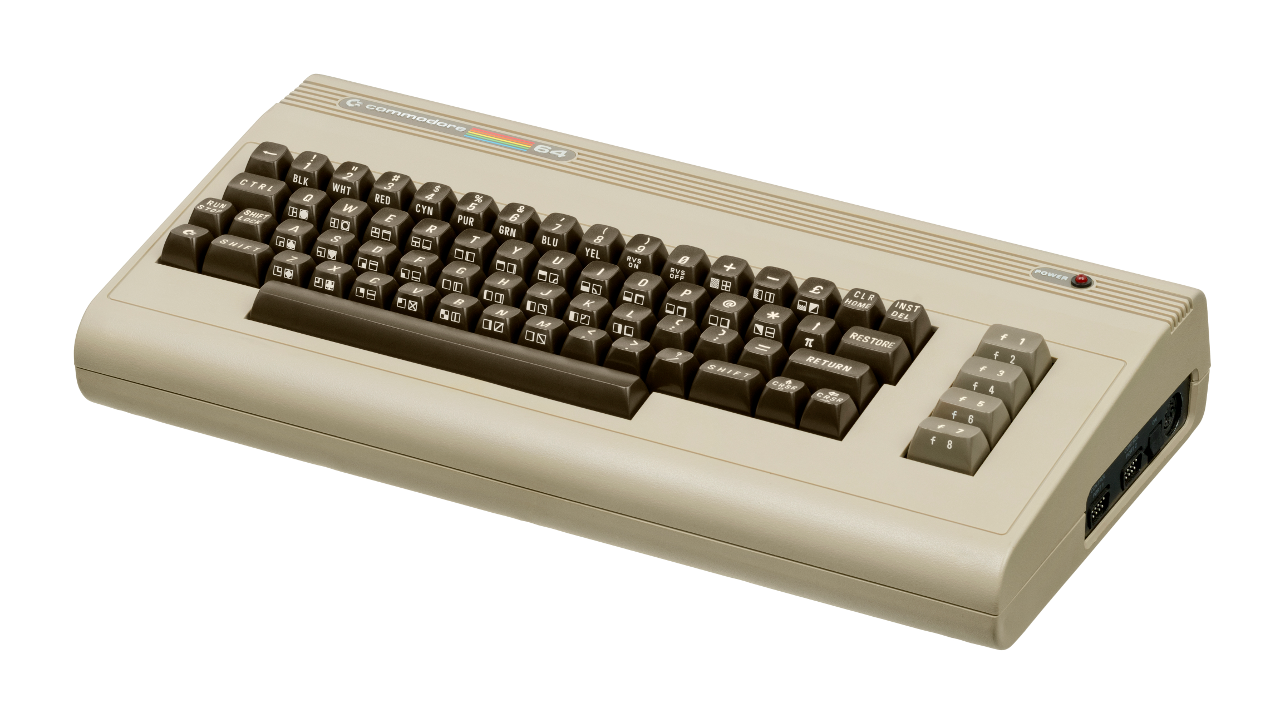
If you’re unfamiliar with Commodore 64, it likely got its name from the 64KB of RAM it had to work with. After loading the BASIC operating system, you would be left with 38911 Bytes of free RAM, which is what would run all your programs and games. It had about 1MHz computing speed and offered 16 awesome colors. Capability-wise, it is probably comparable to the NES.
The Commodore 64 was probably most famous for its impressive sound capabilities for the time. Here is an example of the music for Last Ninja 2: https://www.youtube.com/watch?v=CoGFV_xxR64. There was, and still is, a huge “demo” scene around the C64, with users creating music and graphically impressive videos.
I remember playing a game called Mafia that is probably my fondest memory of the C64. This game had simplistic graphics but the gameplay was lots of fun. It was played using a keyboard rather than joystick, as you were often required to enter numbers and other things.
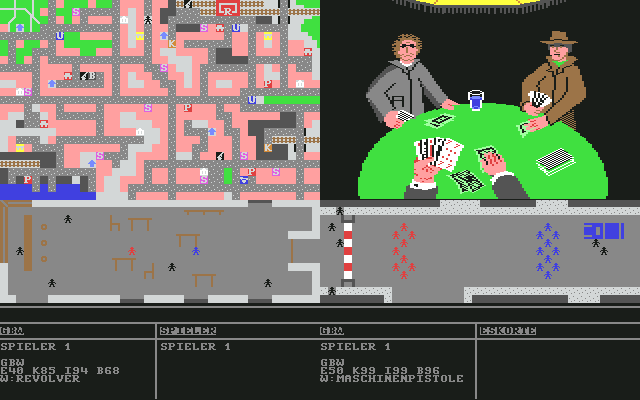
Mafia had a lot of things you could do: buy or steal cars--even steal purses from people. You could visit the casino or rent a place to live in. You could try pressure shops into paying you protection money or ask them if they had a job for you (as a hitman). You could work as a bouncer; try to rob a bank; build up your own gang; smuggle booze; buy weapons; train yourself or your gang members; and so on.
You started out as an unknown character working your way up through the ranks of the underground. By doing “bad deeds,” you could get a higher ranked job such as robbing banks or smuggling alcohol. It also allowed you to hire more gang members for even bigger jobs.
The game had a useful bug that allowed you to go to the casino and play for negative money. If you entered a bet of -$1,000,000 and lost, you’d become instantly rich, which made the game so much easier, especially for a child as young as I was then. I enjoyed a text-based game called Hotel due to a similar bug. I built negative numbers of pools in my first hotel and was instantly rich, although that did mean I could never reach 5-Star level, as my hotels had a negative number of pools.
The C64 offered more than just the bad graphics and poorly programming of these two games. No, in fact, many games were quite impressive. Games like R-Type, Maniac Mansion, Turrican, The Last Ninja, IK+ (International Karate Plus), Creatures, Boulder Dash, the infamous Great Giana Sisters, or sports series like Summer Games, Winter Games, and California Games.
I have fond memories of many of these games. My mom, who never played games at all, still played Boulder Dash, which was amazing. Once, playing Maniac Mansion, I did not know the game had a save feature and we tried to finish this game in one day, starting over and over again from the beginning. Turrican was an amazing platformer/shooter with some Metroid-style elements. IK+ is considered one of the best games of all times, and due to Nintendo not wanting to have Super Mario on other platforms, we got The Great Giana Sisters instead. The Great Giana Sisters was a blatant rip-off, but an awesome one, which later became available for the NDS and other platforms.
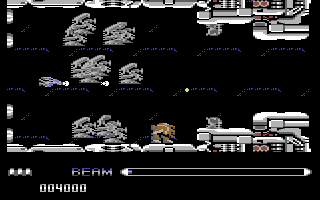
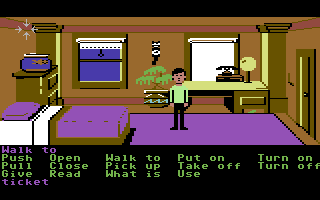
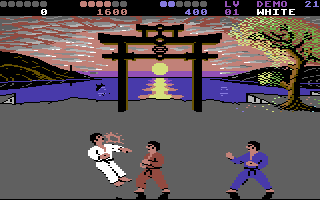
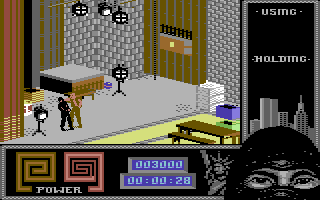
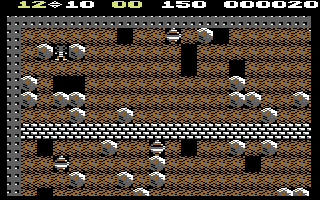
All in all, the C64 was an impressive home computer. No wonder it was, at one point, the highest-selling home computer of all time. Although I was a small child, I still remember the good times I had playing games on this system. Although newer versions might have better graphics, sometimes the feeling of the original sticks in your memory. That’s definitely the case for me with the C64 and some of its games, such as Boulder Dash. There are other versions of this game with improved graphics, but in my opinion they’re all terrible. The one true version of this game is the one for the old C64 (and maybe some of the clones on other systems).
My Amiga period
While the C64 was an impressive piece of work and flexibility, the Amiga made a mind-blowing jump forward in technology. It was a step forward in the way the jump from NES to the SNES was a step forward.
The story behind Amiga is a long and exciting one. Some would even call it heartbreaking, with its many ups and downs, especially toward the end. If you’re interested in the story behind Amiga I suggest the movie From Bedrooms to Billions–The Amiga Years. It’s a good documentary on how the Amiga came to life and fascinated people. If you never had an Amiga, it might be hard to understand the fascination.
The Amiga was kind of ‘the’ PC of the late 80’s and early 90’s. IBM compatible PCs were expensive. Apple was also very expensive and had not made many changes for quite some time. Atari home computers were still rather limited. Suddenly, a home computer came along that was both affordable and capable. The Amiga was capable of multi-tasking and could choose from 4096 colors--the same as the SNES in mode 7. Later models offered over 16 million colors (24bit), 4-channel stereo audio, standard disks as a storage medium, and much more.
One of the biggest features was its Workbench. Today, most would call it a “Desktop”.
The first commonly used Workbench was version 1.3 which was widely available around 1987 on the early Amigas. Although visually it was not much different from version 1.0 (already released in 1985), it was more commonly used. Around the same time, Windows 2.0, which was still running under DOS, existed on IBM compatible PCs.
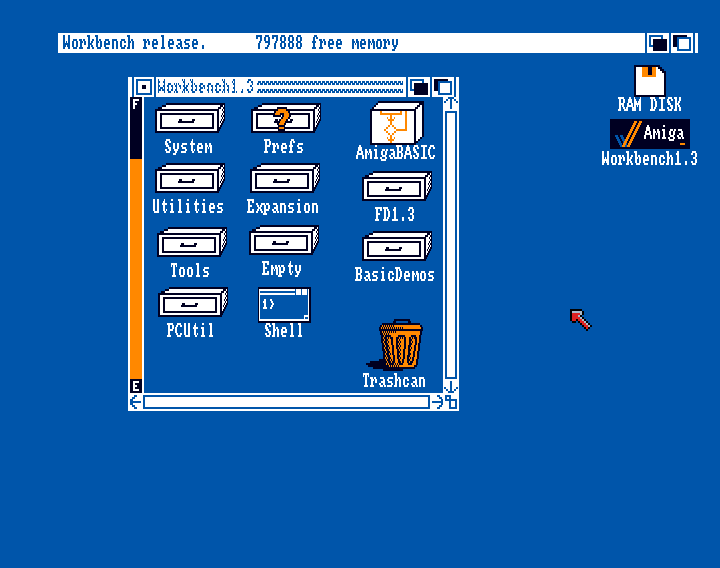
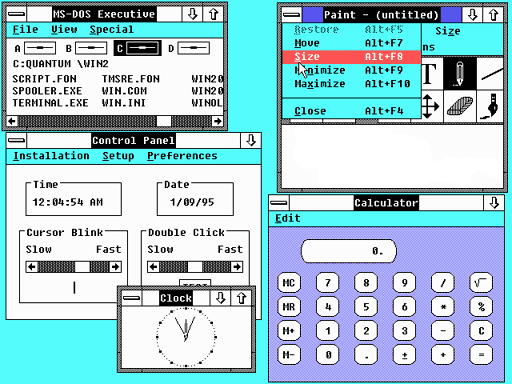
Around 1990 or 1991 Workbench 2.0 was released with a major change in look and feel which made the Amiga look like a decent desktop computer. It required a newer version of the Kickstart (similar to the BIOS of the system) to run, but was still able to run on most older Amigas, as long as they had the newer Kickstart. Kickstart was a ROM that could actually be exchanged on the system’s motherboard.
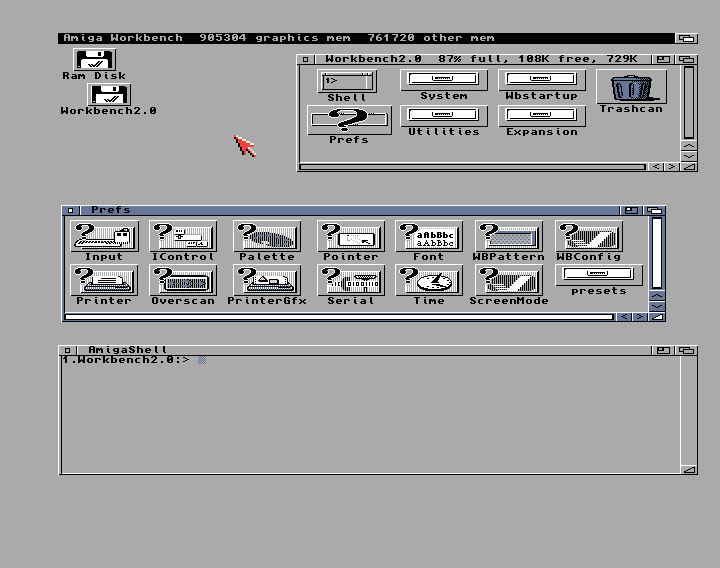
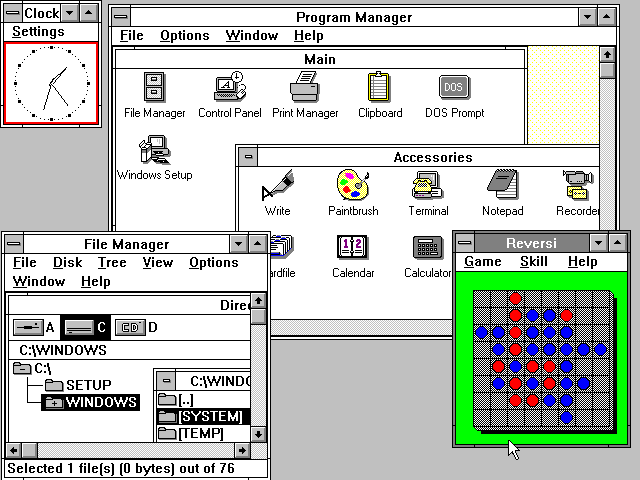
A year later in 1992, with newer Amigas and Kickstart 3.0/3.1 available, a new version of the Workbench was introduced. Workbench 3.0 once again showed slightly improved graphics, but the biggest improvement was in its functionality.
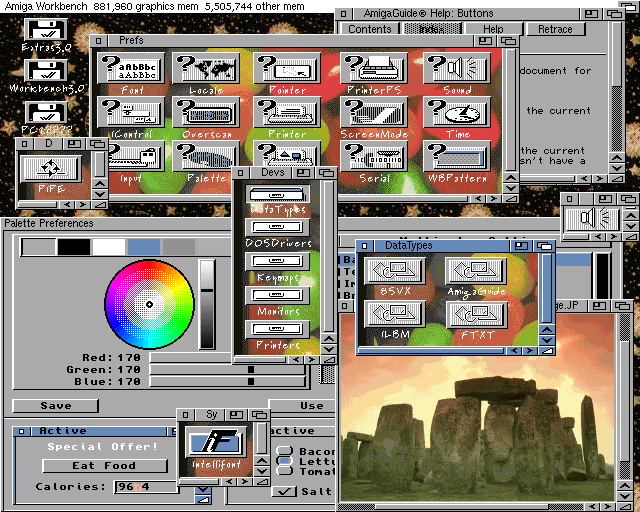
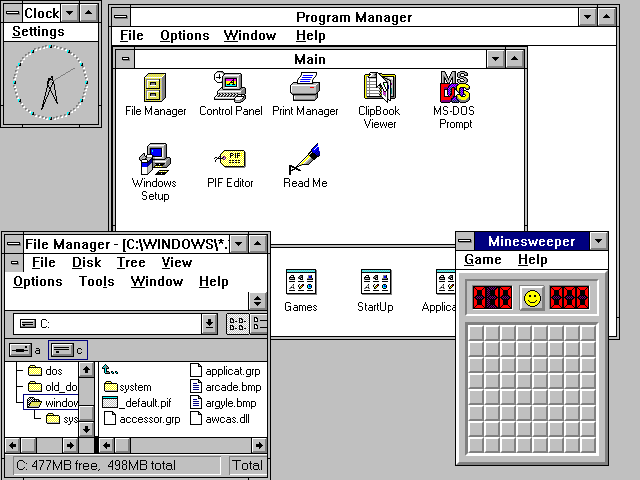
Workbench was able to run directly from disks or it could be installed on a hard drive, if available. It had interesting features, such as a right-click menu for file operations. Each folder could be configured individually and the changes stored for each folder.
If you’re a PC guru, you have probably heard of something called a “Ram Disk.” It’s a technique that uses part of your RAM as a virtual disk to put data on, improving security or, more likely, speed.
For example, some use a Ram Disk to put their temporary browser files in a temporary folder, first to automatically remove the Ram Disk files when you restart the PC so as not to pollute your hard drive; and second, to speed up loading times of such files, as RAM is much faster than any HDD (and even SSDs).
The Amiga already had this as a build-in function of the Workbench. If you had enough RAM you could copy a game from a floppy directly onto the RAM Disk and start it from there, which meant you never had to load the game from the disk, but rather you could load all data from memory, if you had enough of it.
Although the original Workbench started improving in look and feel in version 2.0, there were still more projects to come.
MagicWB greatly improved the look and feel of any Workbench version 2.0 or higher, allowing your 1992 Amiga to look something like this:
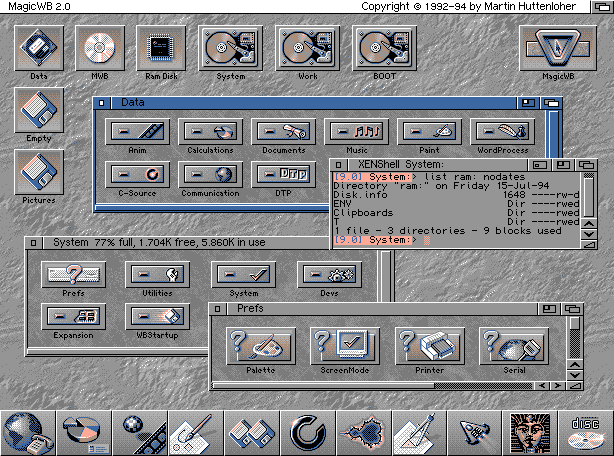
The Amiga was an impressive piece of hardware at the time, rivaling modern PC hardware from IBM, Apple, and Atari. The Amiga was used by many different artists, as the mod tracker (also known as the “Protracker” or “Fast Tracker”) was used to create impressive music on the Amiga.
Examples: https://www.youtube.com/watch?v=eclMFa0mD1c https://www.youtube.com/watch?v=p9zmLQGBTIw
Deluxe Paint for the Amiga was way ahead of its time and used by many artists to create images or manipulate photos (https://www.youtube.com/watch?v=RO7JURHm_jk) long before Adobe Photoshop. In fact, the Amiga had such powerful graphic performance for its time that it was actually used in movie and TV production.
If you have ever heard of Babylon 5, this TV show highly benefited from the Amiga: https://www.youtube.com/watch?v=iXmSA18cfgA
In fact, the Video Toaster, which could be used in many different ways, revolutionized the industry: https://www.youtube.com/watch?v=6eNYj-Chkxw
After reading about all the creative stuff you could use an Amiga for, one may wonder.. What is he talking about? I thought we were talking about about games?
Well, in spite all the creative tasks you could do with the Amiga, it was still mainly used for games. There are nearly 1800 games for the Amiga, putting it on par with worldwide releases for the SNES (only 720 of the SNES releases were released in the USA).
With this impressive library the Amiga had games for everyone: RPG, adventures, racing, fighting. Every genre of game existed for the Amiga. Most of my childhood memories up until the time I was about 14 centered around the Amiga and its games. There were so many impressive titles for the system, I wouldn’t even know where to begin.
I played tons of adventure games on the Amiga, such as Monkey Island 1 and 2, Indiana Jones 3 and 4, Beneath a Steel Sky (which came on fifteen disks), Simon the Sorcerer, Operation Stealth, Dune, Loom, and many more.
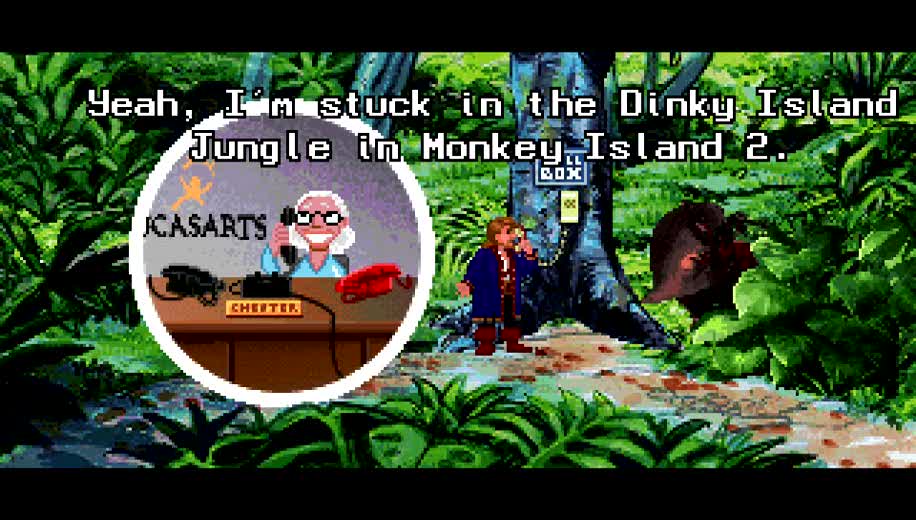
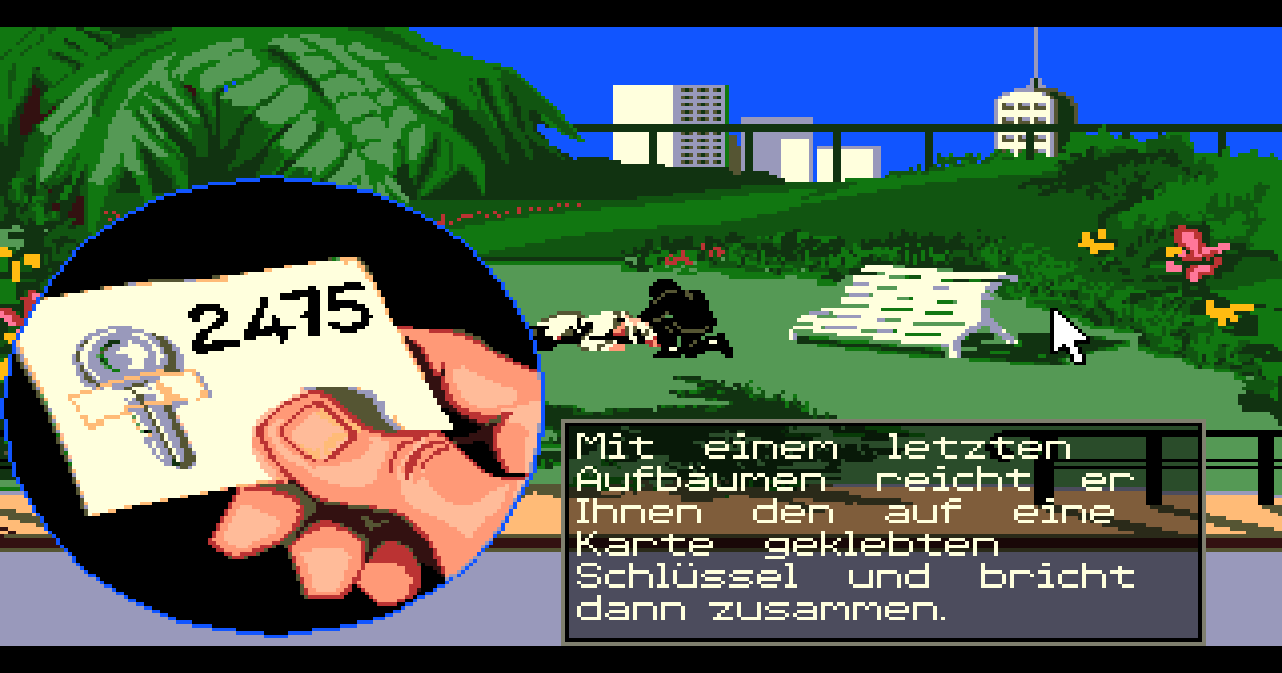
Many games on the Amiga were superior to their PC counterparts. Especially in the early years, the Amiga trumped other systems with better graphics and better music. Many games I later replayed on the PC felt strange for that reason as I was known to “better” on the Amiga than when I replayed them on the PC. The Amiga also had a lot of ports from older C64 games with improved graphics.
It’s really hard for me to pick favorite games for the Amiga, as I liked many games of that time and era. Rodland, a fun little platformer. Lost Patrol--in this game you have to lead a group of American soldiers stranded in Vietnam back to an Army base. This game is very hard, but beautifully rendered and quite complex. The music alone deserves an award; it’s one of the best soundtracks I’ve ever heard in a video game. Persian Gulf Inferno, a platformer/shooter where you had to free an oil platform from middle eastern terrorists. Rainbow Island, which is said to be the best port of all on the Amiga. Arabian Nights, a platformer where, although not related to the Disney movie, you would play as an Aladdin-type character, also had very good music and graphics for it’s time.
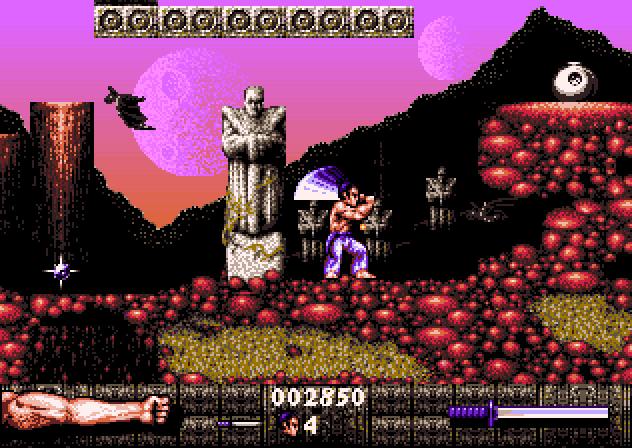
First Samurai was a platformer with fighting elements, great graphics, sounds, and even clear voice samples. Fire and Ice was an even more awesome platformer, and The Chaos Engine (aka Soldiers of Fortune) was an amazing cooperative run and gun. Flashback was an interesting platformer/action adventure, which not many people liked all that much, but I enjoyed it on the Amiga.
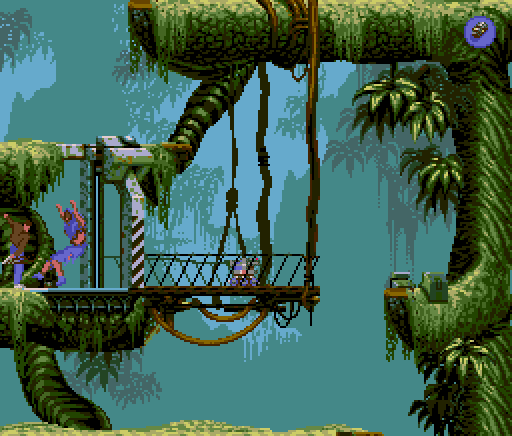
I played over a hundred games for the Amiga, as it had some amazing titles. Until I got my first PC I played my Amiga hardcore, moving through different models over time (my dad owned them, I just played on them.)
I started with the most common model, the Amiga 500, which we got a hard drive for later on. We also got a Kick-Switch, which allowed us to switch between Kickstart 1.3 and 2.04, and RAM expansion.
One of my uncles had an Amiga 600 but it was unimpressive. He had a tiny, original Amiga HDD built into the system, and even with compression his HDD was constantly full.
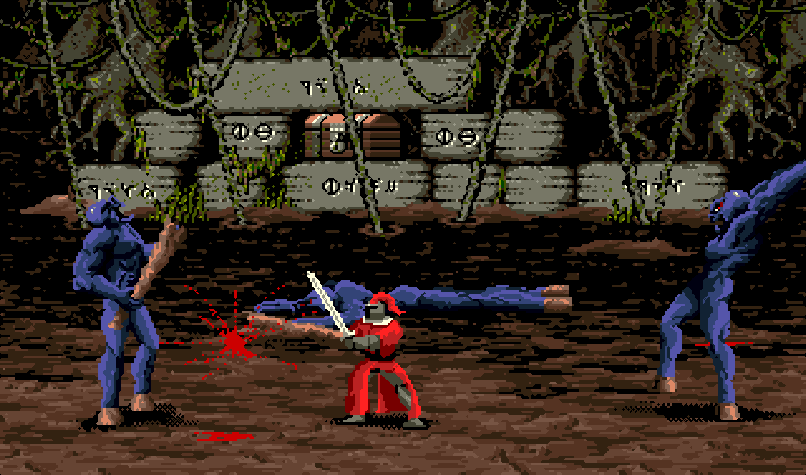

Later on, we got an Amiga 1200. This was a new and improved system, using Kickstart 3.1 and an AGA chip, which was an improved graphics chip that allowed for 16.7 million colors instead of the 4,096 colors of the Amiga 500. We also briefly had an Amiga CD32, the first 32-bit CD-based gaming console, but although the CD format was promising, most games were just straight ports of Amiga 1200 titles.
The Amiga was fascinating. Although I played many games on it, I still barely scratched the surface of the library of games available.
Final Thoughts
So, I return to the same question I’ve asked throughout this series in regards to other systems: Am I a Commodore fanboy?
If you grew up in Europe during the late 80’s and 90’s and did not know what a C64 or an Amiga was, you were likely living under a rock. I will always speak proudly of my Amiga and the games I had. Both C64 and Amiga games can be emulated for the ODROID, and you can relive your memories that way.
But lately I realized that if I wanted to suggest games to someone that never had a C64 or an Amiga, and did not grew up with these systems, it’s hard to make them feel the same as I felt back when I was a child. Many of the games existing on the C64 and Amiga were ported to other systems, and although the Amiga is probably still the best platform for some of these games, not everyone likes the type of strategy games, simulators, or adventure games that made these systems great.
In fact, if I wanted to relive my adventure games I most likely go to ScummVM directly, where I can play these games without emulation. If I want to play Dune 2, the XCOM Series, I’d rather choose Dune Legacy or OpenXCom--improved Linux versions of these games for ODROID. If you look into the game library you will find very little IPs that survived the passage of time. You won’t find any well known titles like Super Mario Bros., The Legend of Zelda, or Sonic the Hedgehog on Commodore systems.
There are still some games I’d say “Hey! Go play that on the Amiga!” These are great games and do not exist on any other system, but the list is very short. The Amiga and C64 are great systems with a lot of retro charm, but I notice myself more drawn to SegaCD, Sega Saturn, or even Master System games than I am to games for the Amiga or C64. I plan on going back to the Amiga to replay some games, or even try out new games, but as much as it’s a great memory of my past, I can’t say I’m that into Commodore anymore. Therefore, as hard as this is to admit, I must say that, no, I’m no longer a Commodore fanboy.

Be the first to comment